Greetings all )
So I'm not a woodworker, I work mainly with metal. I made this box, you can see its assembly is amatuerish, but the concept is pretty I think.
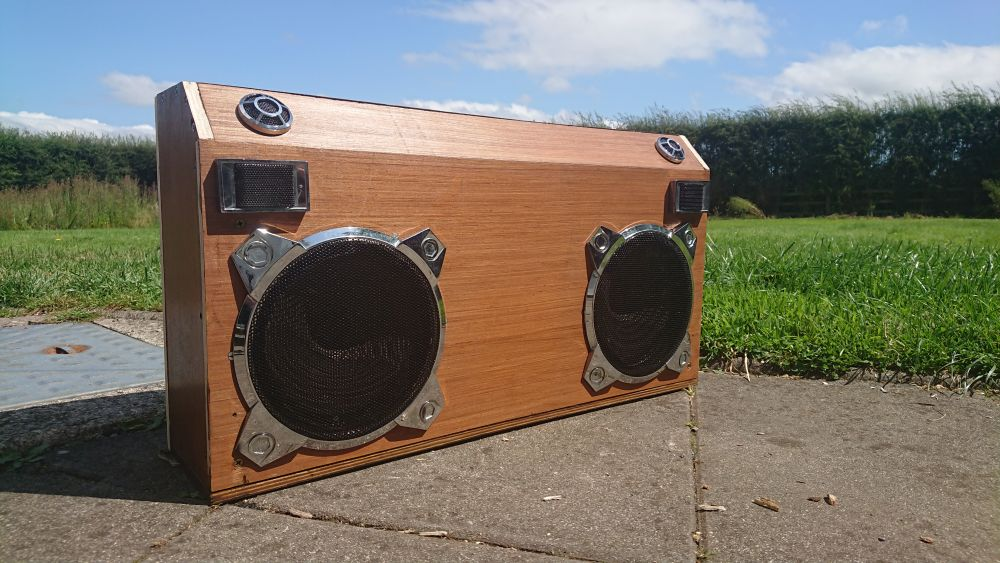

I transplanted the chrome from this Helix 4636 and really just copied the box
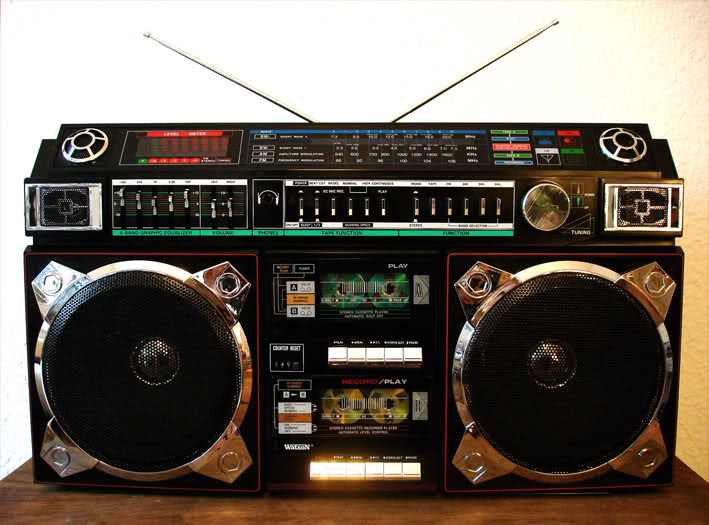
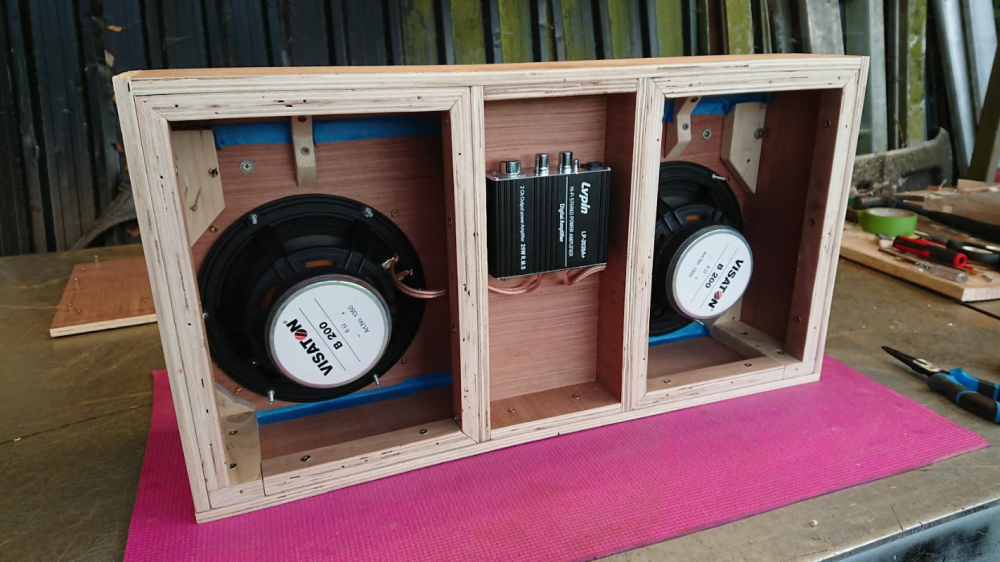
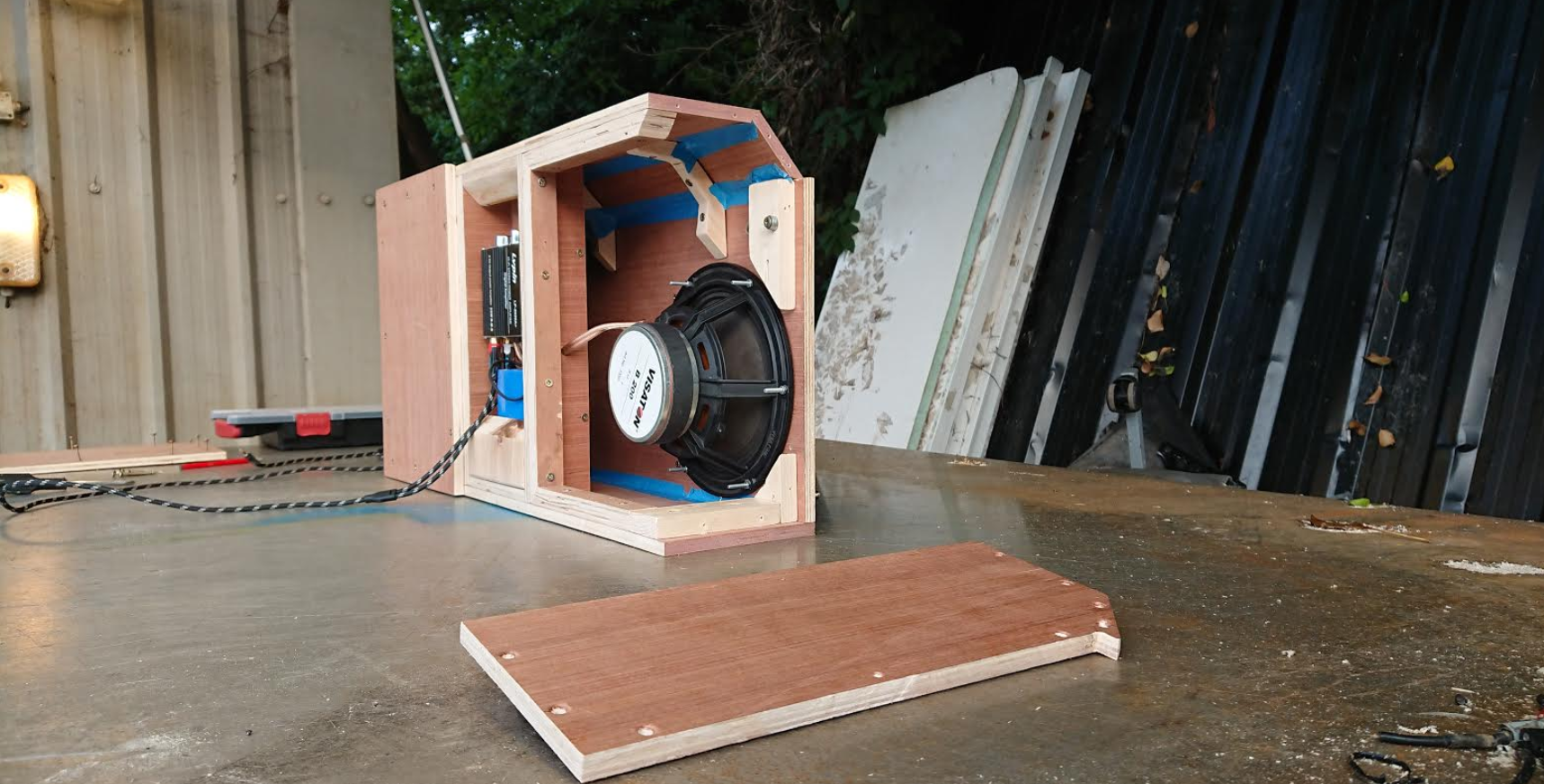
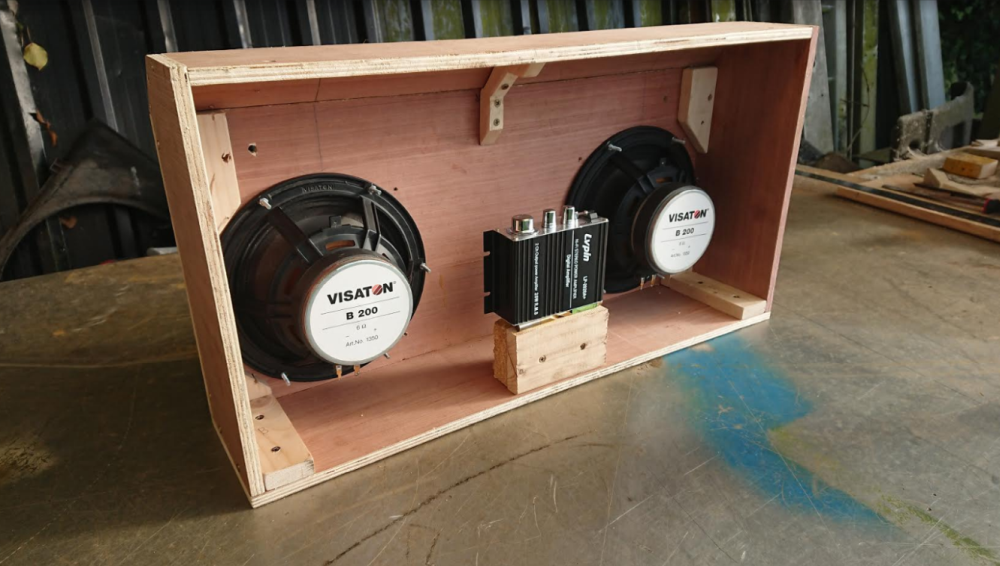
It has high quality speakers, Visaton B200 and I'm shocked at how good it sounds, I wasnt expecting that.
I would like to make version 2 using real wood, becuse I think real wood might sound even better. But I dont have a notion where to start.
It has occurred to me that the reason people use dovetail joints, is to cope with expansion - is that correct?
The reason most speakers are made from MDF and Plywood is that they don't expand, and that is why I used plywood.
All comments, pointers, tips, insight, banter and tangents welcomed and appreciated, I could do with some knowledge dropped on me.
So I'm not a woodworker, I work mainly with metal. I made this box, you can see its assembly is amatuerish, but the concept is pretty I think.


I transplanted the chrome from this Helix 4636 and really just copied the box




It has high quality speakers, Visaton B200 and I'm shocked at how good it sounds, I wasnt expecting that.
I would like to make version 2 using real wood, becuse I think real wood might sound even better. But I dont have a notion where to start.
It has occurred to me that the reason people use dovetail joints, is to cope with expansion - is that correct?
The reason most speakers are made from MDF and Plywood is that they don't expand, and that is why I used plywood.
All comments, pointers, tips, insight, banter and tangents welcomed and appreciated, I could do with some knowledge dropped on me.
































